
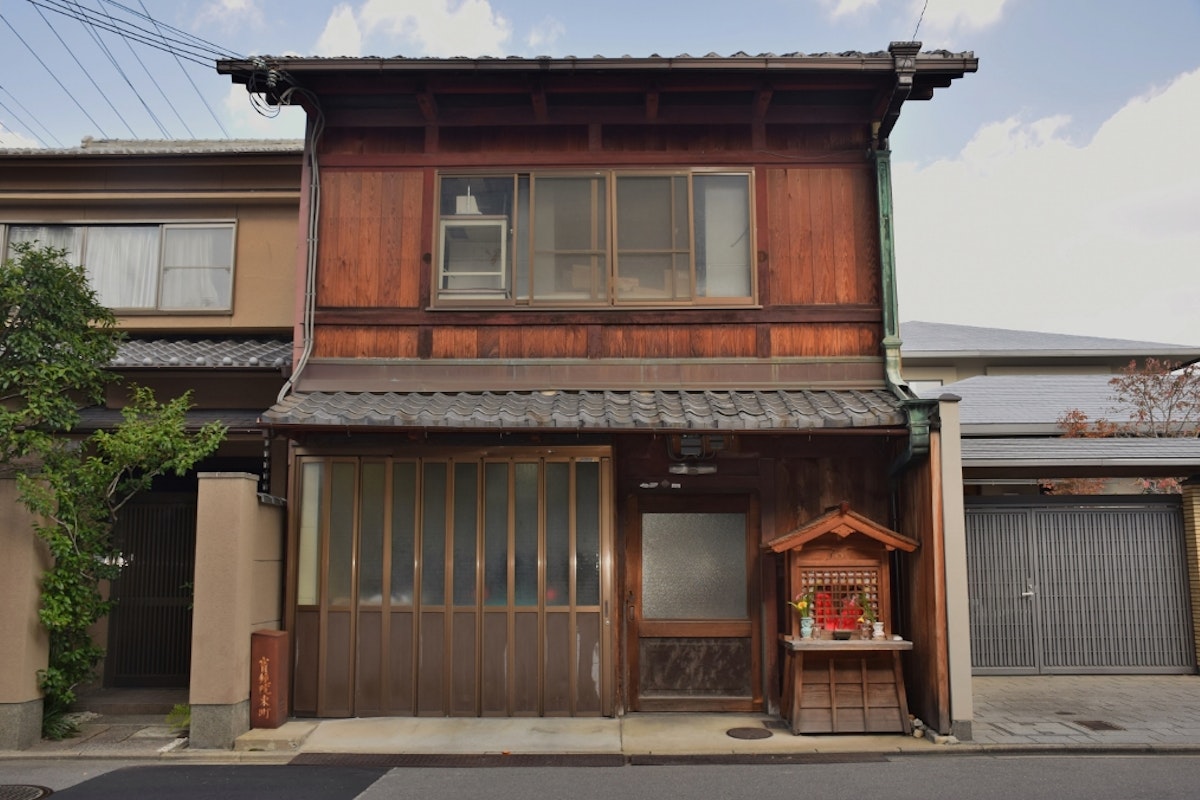
Experience the quintessential charm of Japan by stepping through the elegant sliding doors of a traditional Machiya townhouse. This unique accommodation, with its roots deeply entrenched in Japan's cultural fabric, offers more than just a place to rest your head. It's an invitation to traverse time, from the hustle and bustle of modern-day Japan to the tranquil, slow-paced life of yesteryears. In these carefully preserved historical structures, you'll find a harmonious blend of traditional design elements like tatami mat rooms and fusuma doors with modern amenities.
Whether you're strolling through the ancient cityscape of Kyoto, exploring the scenic beauty of Kanazawa, or immersing yourself in Takayama's rich heritage, a stay in Machiya offers an authentic immersion into local culture. So prepare yourself for an extraordinary journey through our guide to staying in these beautiful Japanese townhouses, and discover the art of sustainable travel that cherishes and preserves architectural heritage.
The Machiya townhouses, with their origins dating back to the Heian period (794-1185), stand as architectural maestros, beautifully orchestrating an immersive story of Japan's rich heritage. Their distinct elements, from intricate latticework and tatami mat floors to fusuma sliding doors and serene internal gardens (tsuboniwa), offer a harmonious blend of indoor and outdoor spaces, echoing the philosophy of 'wabi-sabi' - a reverence for simplicity, transience, and imperfection.
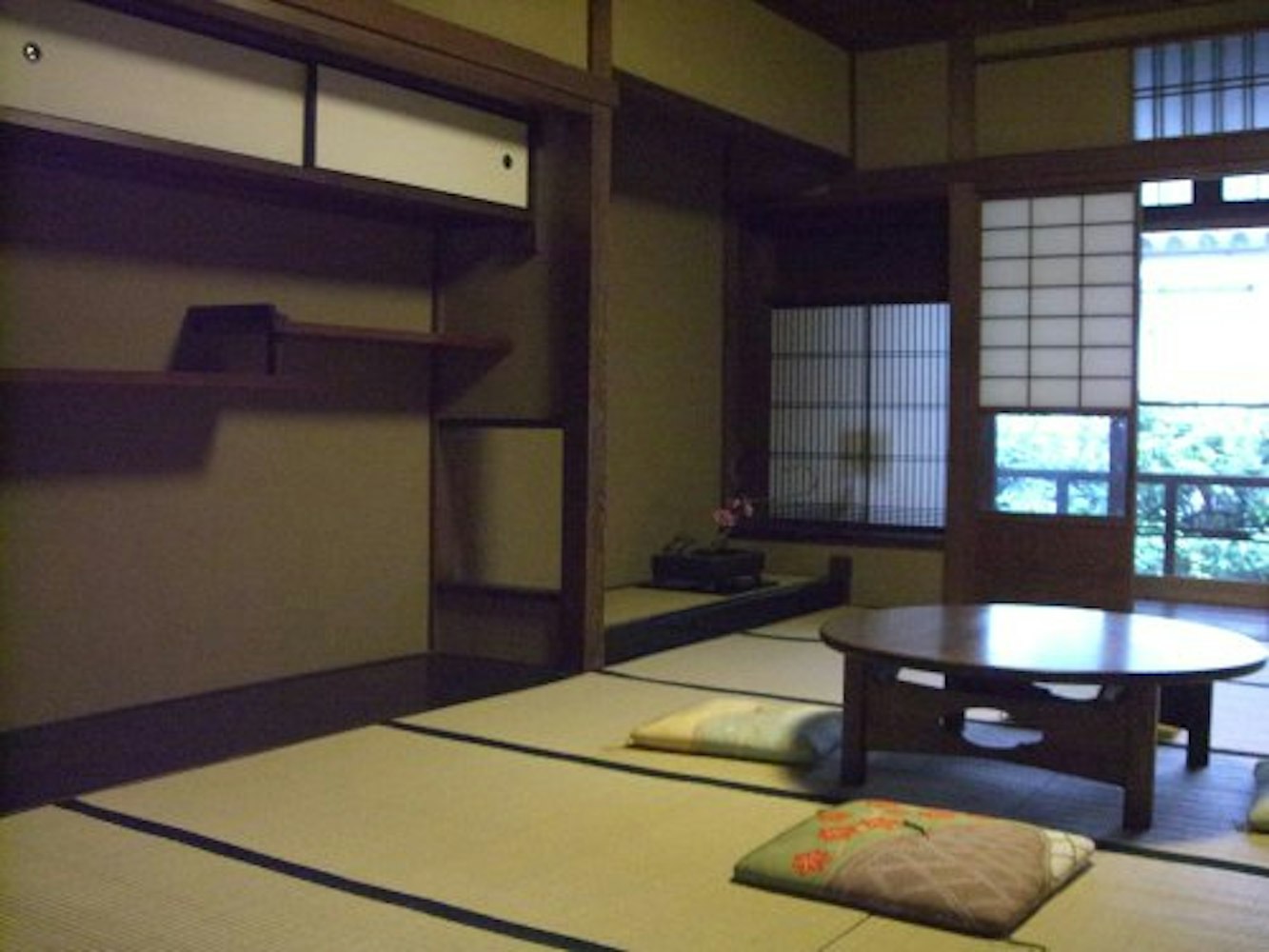
Image Credit: hyamaoka
Their presence extends beyond their physical structure. The Machiya townhouses serve as invaluable custodians of Japan's traditional urban landscapes, injecting historical charm into cities like Kyoto. Amid the contemporary skyscrapers and rapid urbanization, they represent a steadfast commitment to preserving cultural legacies, offering guests a unique window into Japan's past while championing sustainable tourism and architectural preservation.
Staying in a Japanese Machiya is an intimate sojourn into the heart of local life. Nestled within vibrant neighborhoods, these traditional structures offer unrivalled proximity to the daily rhythms, colors, and flavors that define Japan's unique local essence. From waking to the distant temple bells to sampling the local delicacies in nearby markets, your Machiya stay integrates you seamlessly into the community, making you an active participant rather than a distant observer.

Image Credit: sodai gomi
Stepping out of a Machiya immerses you in a world of local discovery. Within walking distance, bustling markets offer fresh local produce, artisanal boutiques showcase traditional crafts, and historical landmarks whisper ancient tales. This proximity transforms guests from visitors to local explorers, experiencing an authentic slice of Japanese life and forming connections with the local culture that deepen with each day spent in a Machiya townhouse.
In a Machiya townhouse, Japanese architectural aesthetics come alive, gracefully interweaving traditional design elements with a deeply thoughtful layout. Each facet of a Machiya's interior serves a distinct purpose, together creating an environment steeped in tranquility and cultural essence.
The charm of a Machiya townhouse begins with its unique layout. Known as 'unagi no nedoko' or 'eel's bed,' these townhouses are characteristically long and narrow, stretching deep from the front entrance to the back.
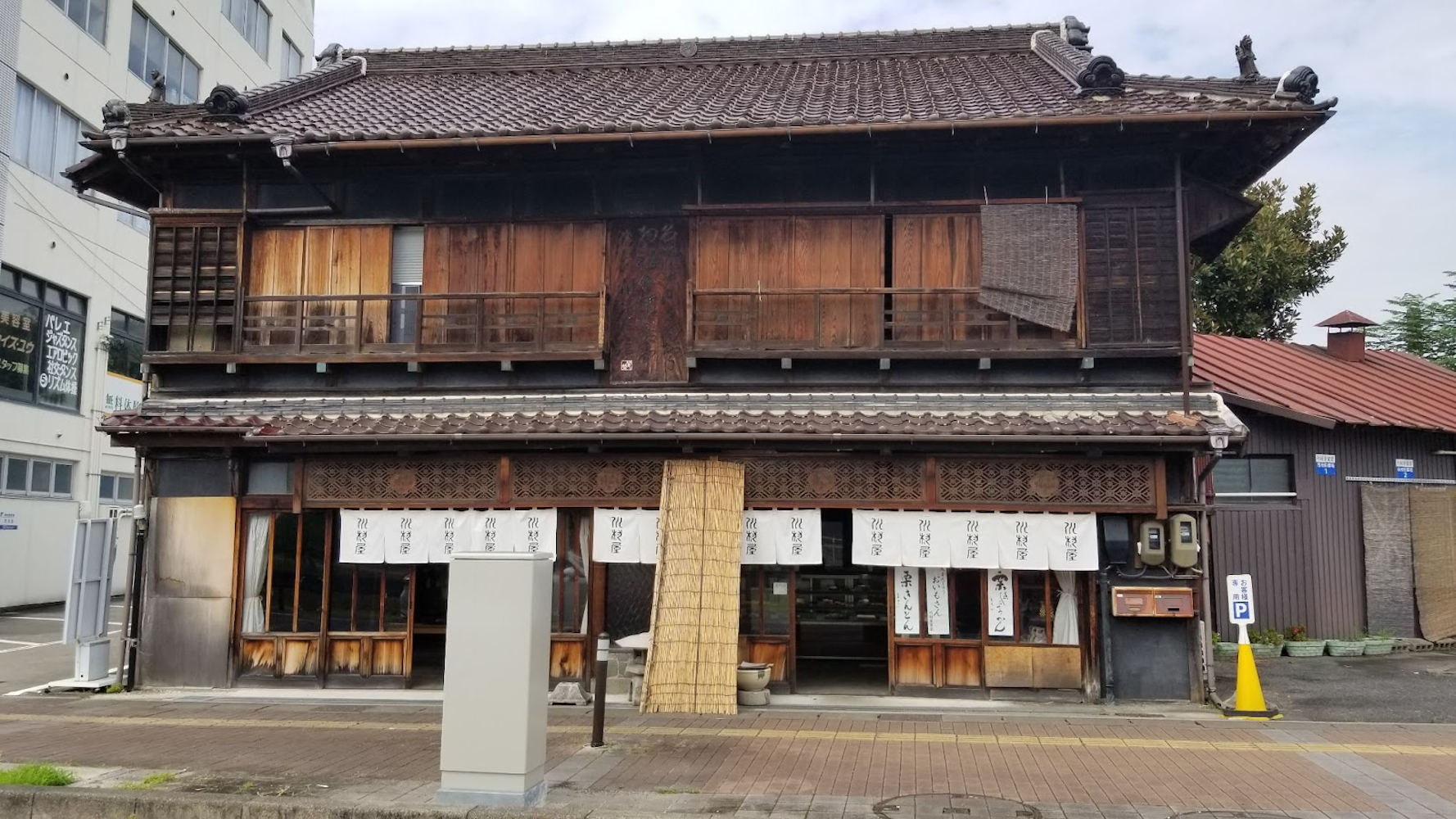
Image Credit: Wikimedia
Front (Omote): The japan townhouse opens with a narrow facade, usually with a latticed wooden screen for natural light and ventilation. This space often doubles as a shopfront or display area.
Middle (Naka): Moving further inside, you come across the living quarters, traditionally featuring a raised tatami floor, known as 'Hiroma.'
Rear (Oku): The back of the house often features a small courtyard garden, connecting the interior with the outside world and a kitchen.
A Machiya is a symphony of traditional Japanese design features that offer comfort, versatility, and aesthetic pleasure.
Tatami Mat Rooms: These rooms serve multiple purposes - from living space during the day to sleeping quarters at night. The straw mat flooring, with its fresh and calming scent, sets a soothing ambiance.
Fusuma (Sliding Doors): Fusuma doors are a masterstroke of Japanese interior design. These paper-covered sliding doors act as versatile dividers, allowing the room's size to be modified as per need. Their artistic exteriors, often adorned with paintings and calligraphy, add an extra layer of beauty.
Japanese Gardens (Tsuboniwa): Nestled within the heart of the townhouse is a tranquil garden. These gardens are a microcosm of nature, featuring elements like stone lanterns, serene moss, and carefully pruned plants. They offer a peaceful retreat for reflection and appreciation of nature.
A stay in a Machiya townhouse is an opportunity to live within a piece of Japan's architectural heritage, where simplicity, functionality, and beauty harmonize to offer an unforgettable experience.
Machiya townhouses masterfully marry the charm of traditional Japanese living with the conveniences of modern amenities, ensuring an immersive yet comfortable experience for guests. On one hand, the historical heart of Machiya pulses strongly, seen in the architectural design, tatami mat rooms, fusuma sliding doors, and tranquil internal gardens. This attention to traditional detail enables guests to step into a bygone era, offering a tactile and visual link to Japan's rich cultural past.
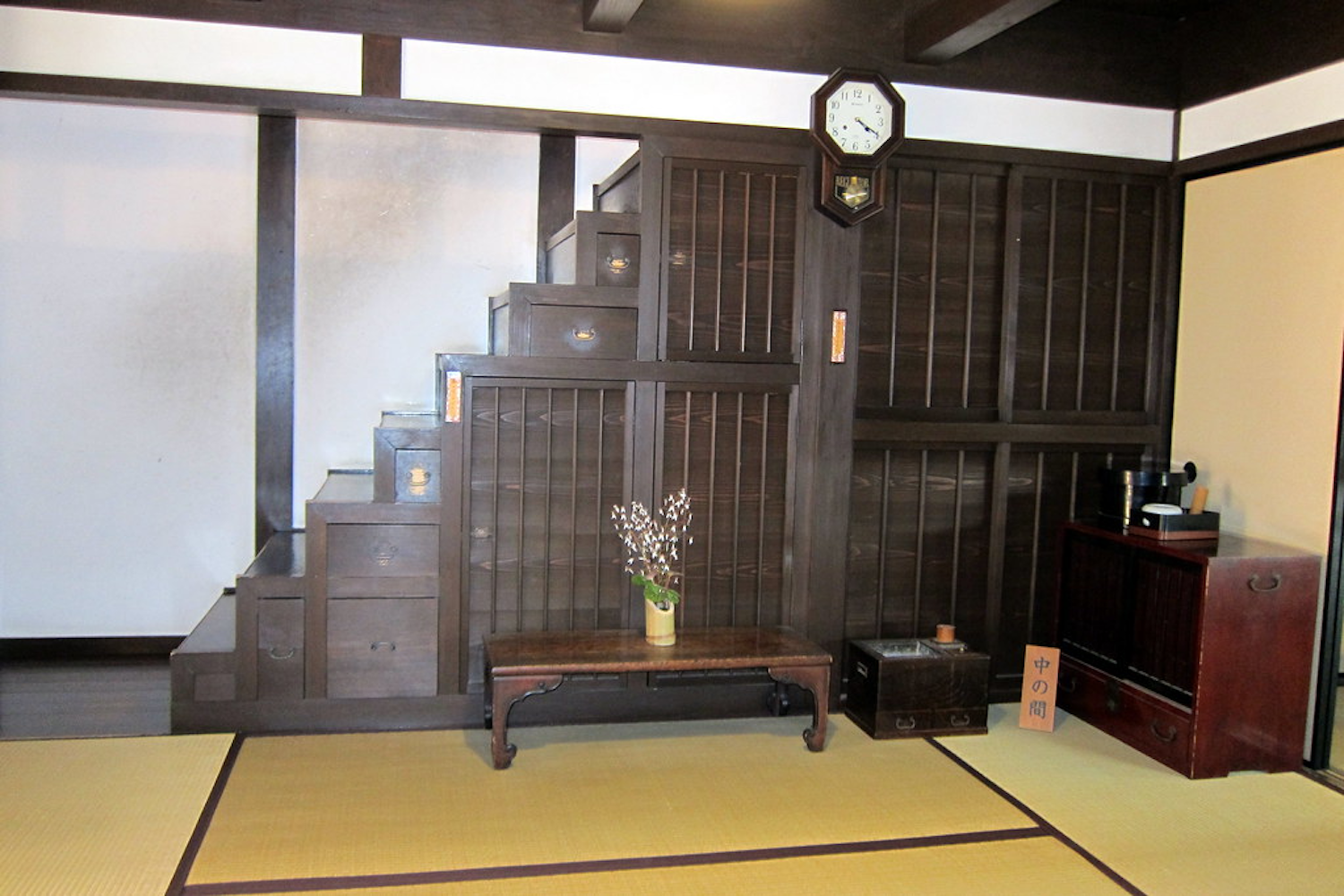
Image Credit: Wally Gobetz
Contrasting this, Machiya townhouses also embrace the comforts of the 21st century. Owners, understanding the need for contemporary amenities, ensure the inclusion of features such as Wi-Fi, air conditioning, modern kitchen appliances, and updated bathroom fixtures. This seamless fusion of old and new allows guests to enjoy the authentic experience of traditional Japanese living without sacrificing the conveniences of modern-day travel. The result is a stay that offers both cultural immersion and creature comfort, embodying the best of both worlds in one unique accommodation.
Stepping into a Machiya townhouse is like stepping into a living piece of Japanese history. Several cities across Japan are renowned for their collection of these traditional townhouses, each offering unique attractions for guests to explore.
Kyoto, the former imperial capital of Japan, is arguably the best place to experience Machiya culture. This city is home to beautifully preserved townhouses, with the following attractions adding to its allure:
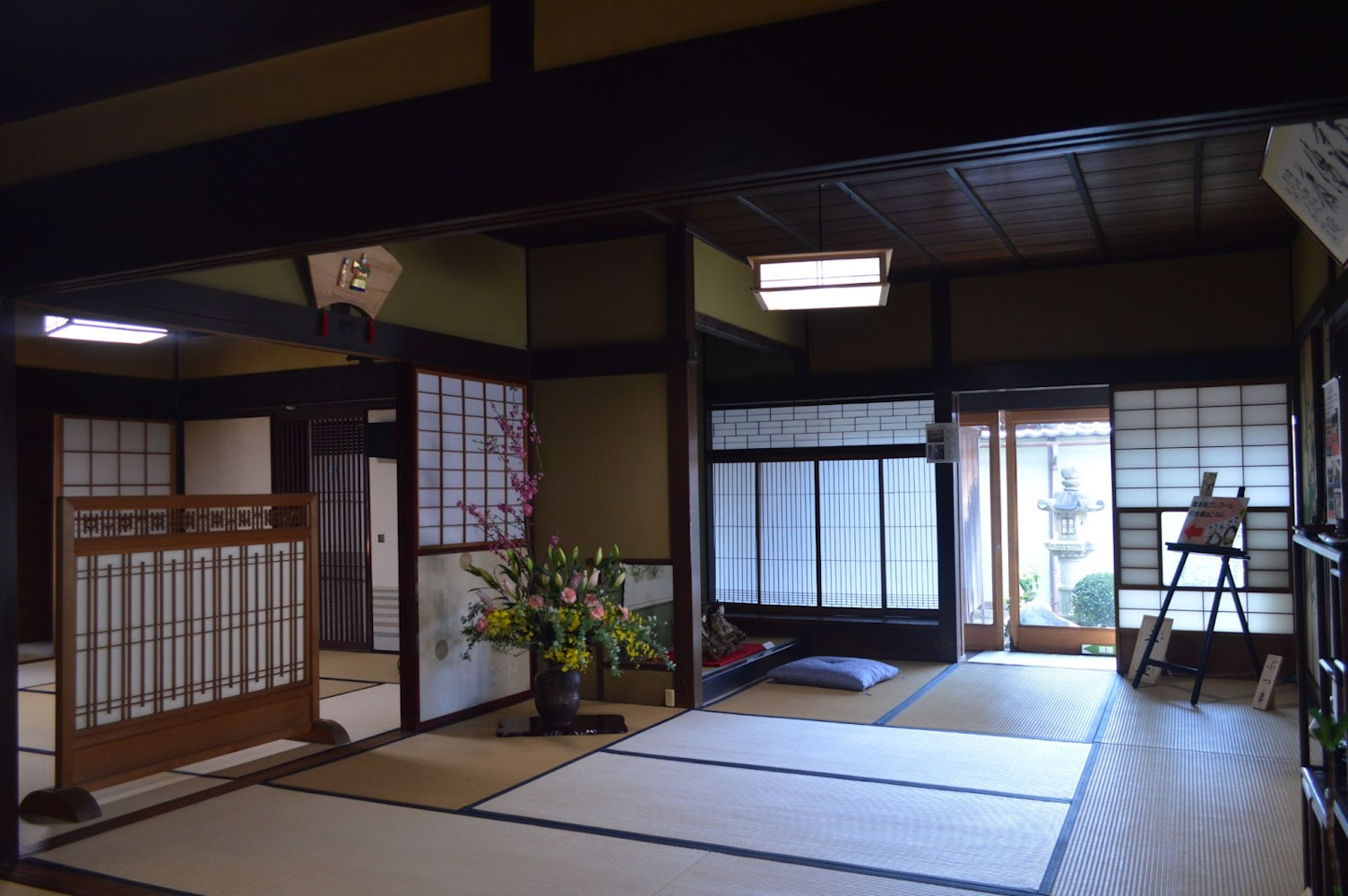
Image Credit: Wikimedia
Gion District: Often dubbed as Kyoto's geisha district, Gion provides a chance to see traditional wooden machiya townhouses, teahouses, and exclusive ochaya (geisha houses).
Nishiki Market: Known as 'Kyoto's Kitchen,' this market is an excellent place to taste local delicacies and buy traditional souvenirs.
Kiyomizu-dera Temple: This UNESCO World Heritage Site offers panoramic views of the city and is a must-visit for its historical and cultural significance.
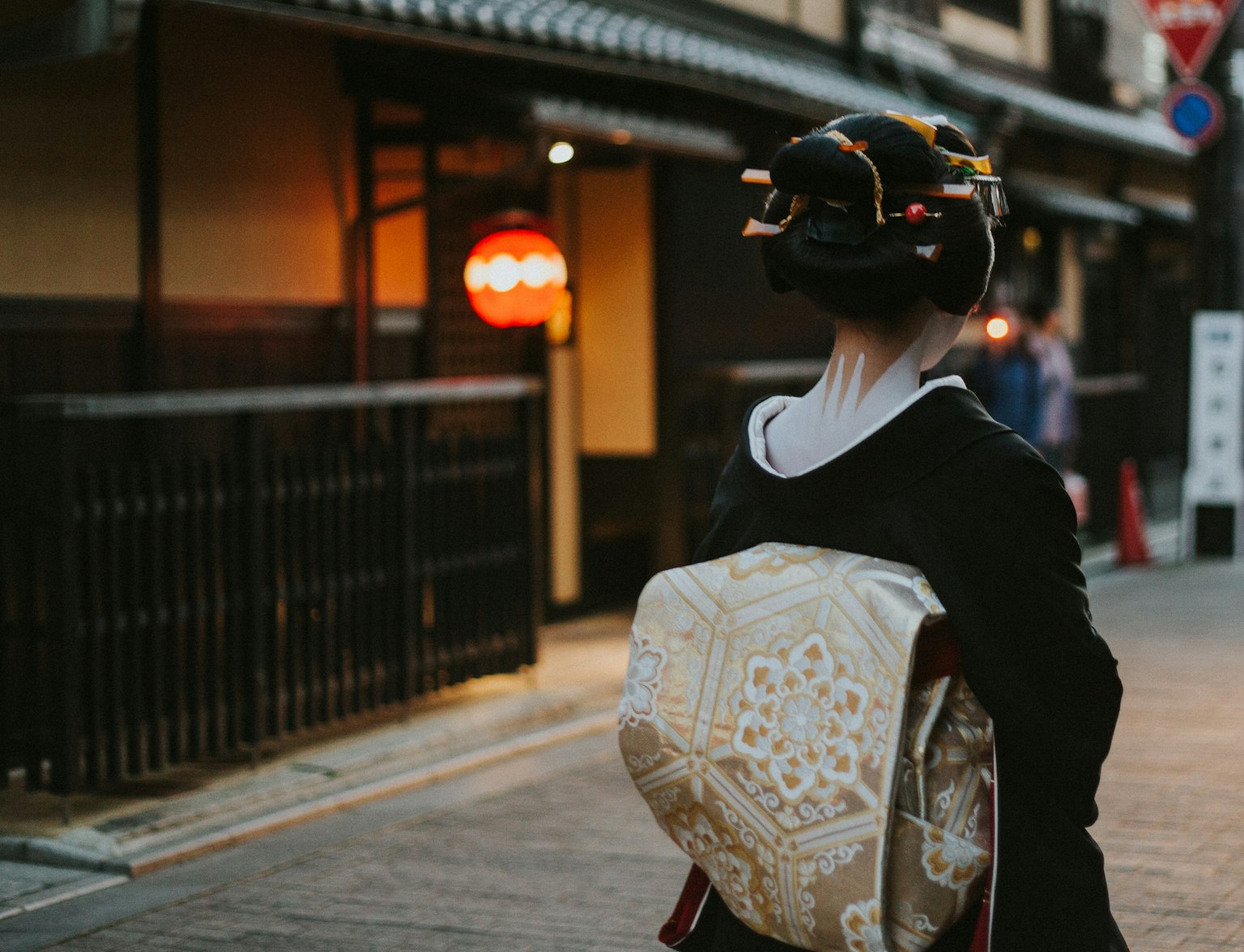
Explore Kyoto's old town with this tour.
Kanazawa, known for its well-preserved Edo-era districts, is another popular destination for Machiya townhouses. Its attractions include:
Higashi Chaya District: Famous for its beautifully preserved Chaya houses (traditional teahouses), this district gives a glimpse into the town's historical past.
Kenrokuen Garden: Regarded as one of Japan's "three most beautiful landscape gardens," it's perfect for experiencing Japan's natural beauty.
21st Century Museum of Contemporary Art: This museum showcases innovative artworks, presenting a contrasting modern element to the city's traditional core.
Takayama, often called 'Little Kyoto,' is another excellent choice for Japanese Machiya stays. This charming town offers:
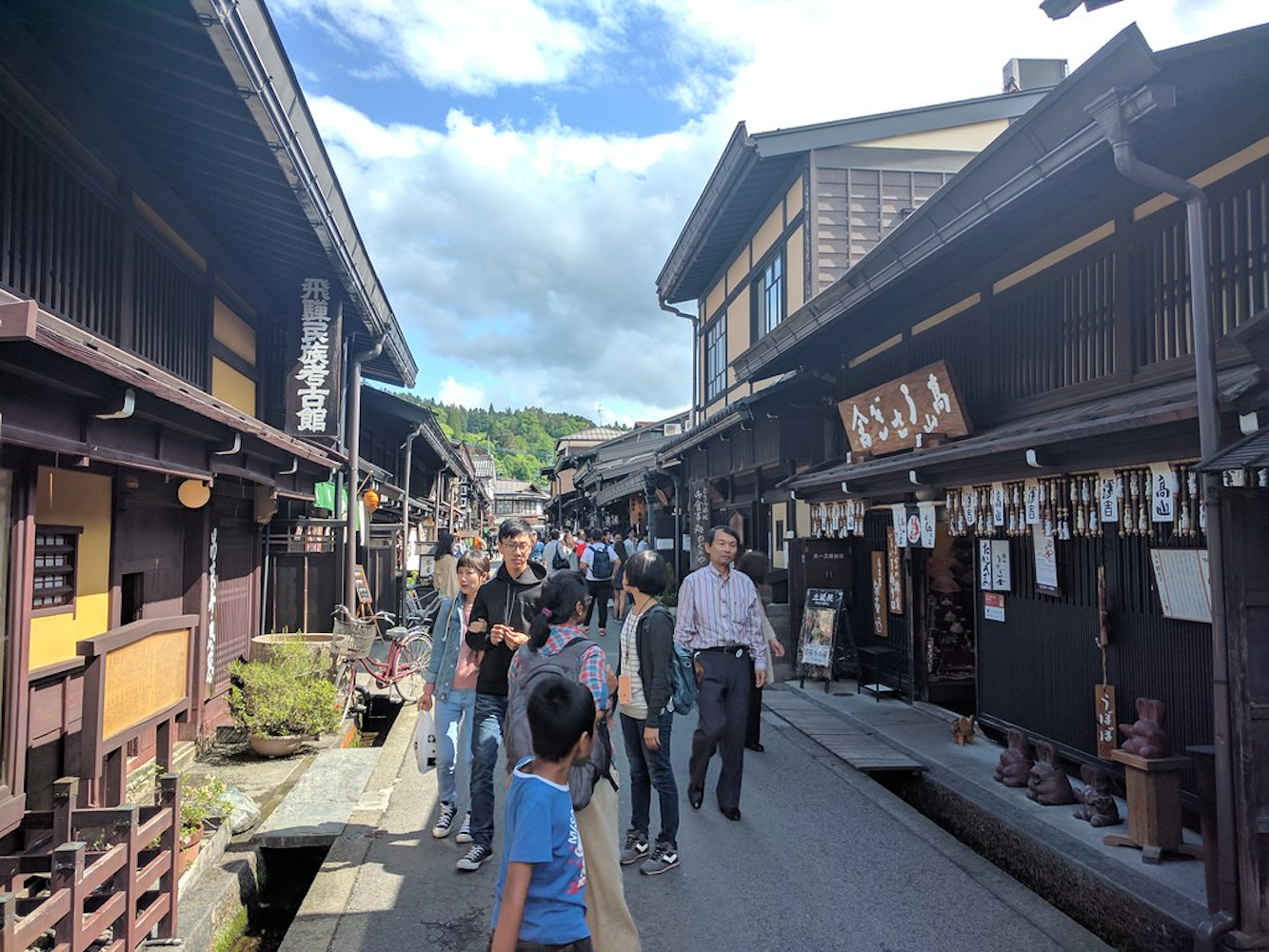
Image Credit: Ankur Panchbudhe
Sanmachi Suji: This district houses well-preserved wooden machiyas, sake breweries, and craft shops, giving a feel of the Edo period.
Takayama Festival Floats Exhibition Hall: It showcases the intricately decorated floats used in the town's famous festivals.
Hida Folk Village: An open-air museum displaying over 30 traditional houses from the mountainous Hida region.
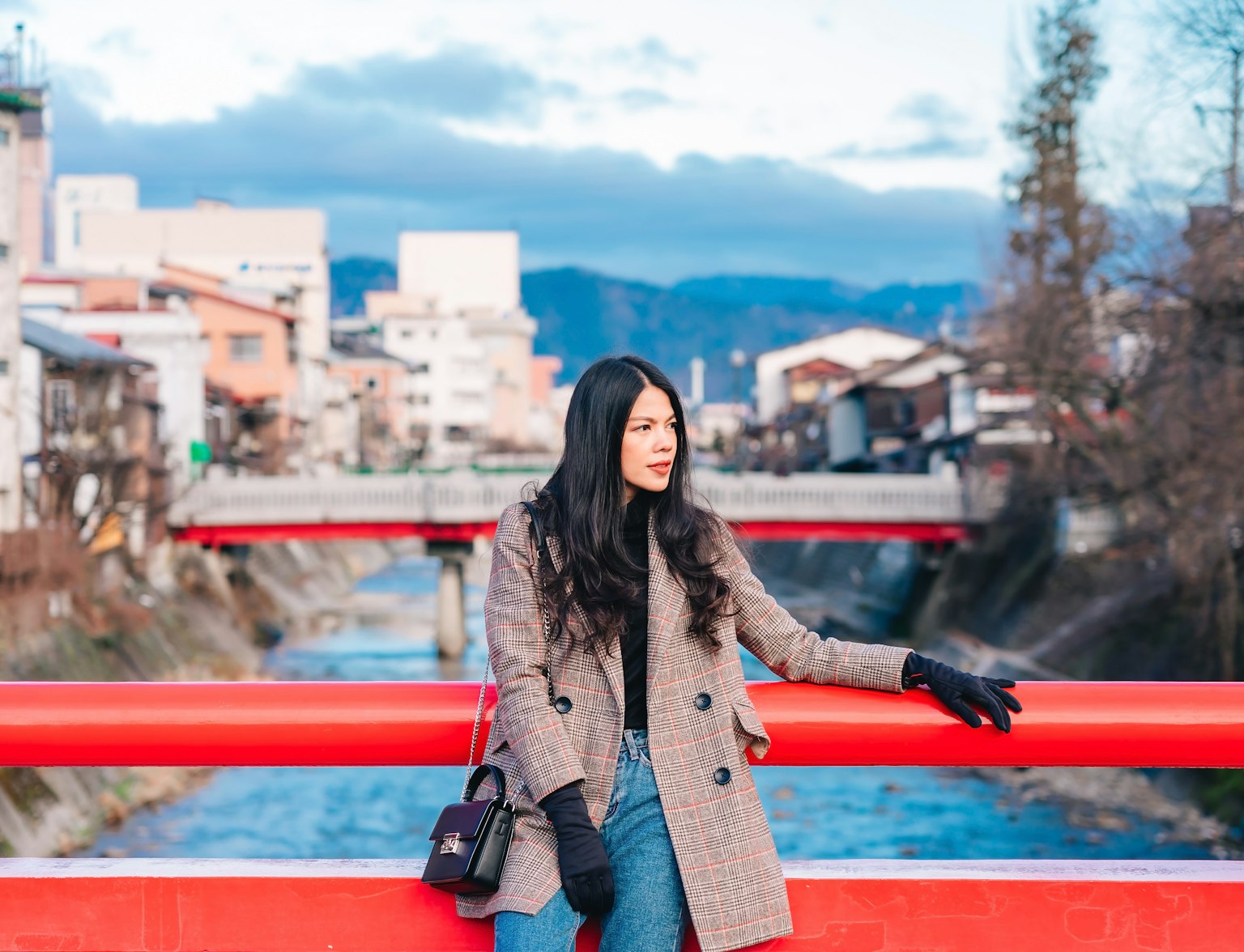
Discover Takayama and Hida Folk Village.
When planning to stay in a Machiya townhouses, platforms like Airbnb and JapaniCan offer a wide selection of these traditional accommodations. Due to their popularity, it's wise to book well in advance and choose a location that fits your travel itinerary. Make sure to read guest reviews for a sense of Machiya's authenticity and the host's service quality.
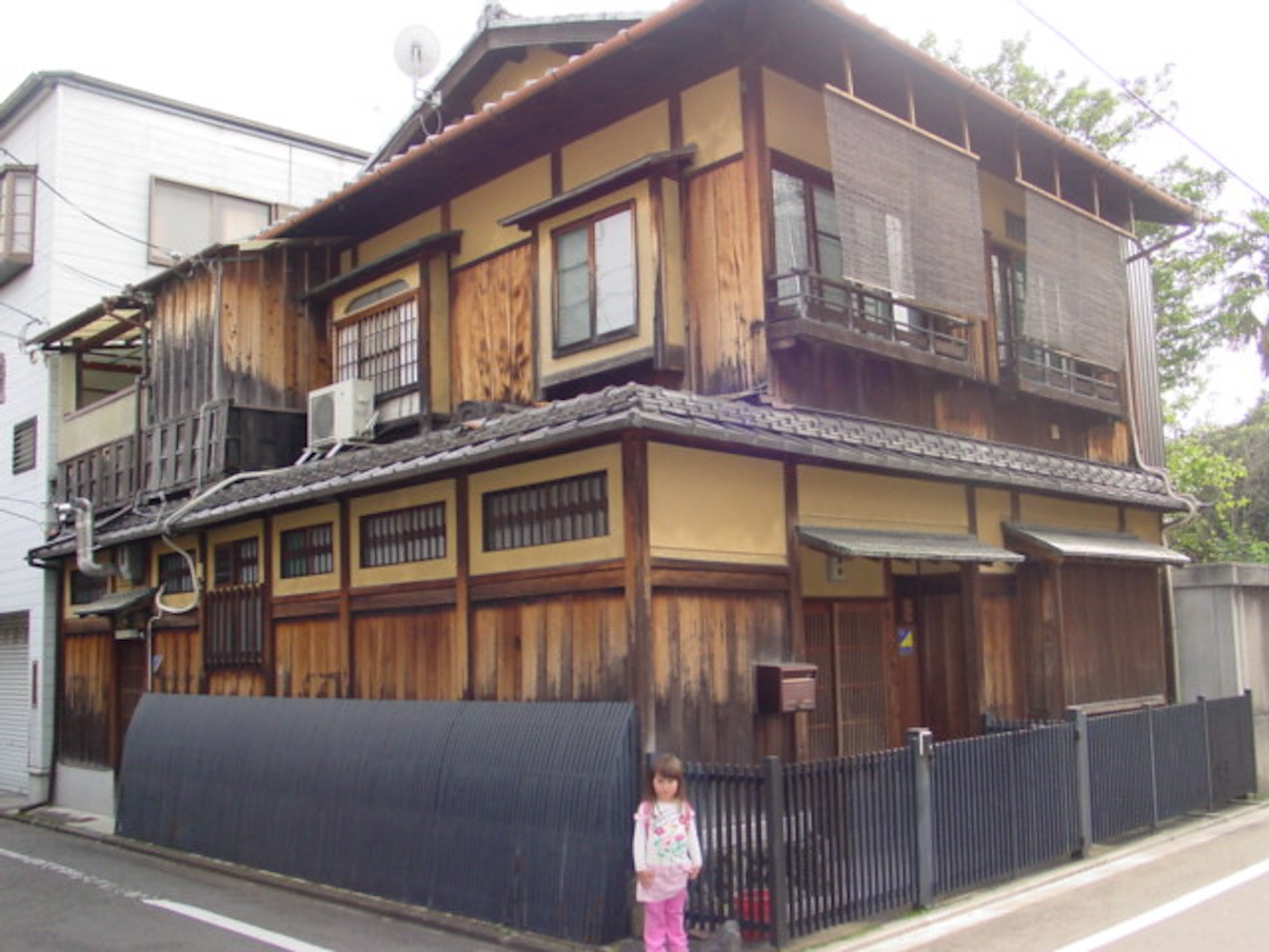
Image Credit: Aaron
Staying in a Machiya requires respect for its cultural significance. Always remove your shoes before entering, treat the delicate tatami mats with care, and maintain a low noise level, especially at night. Remember to familiarize yourself with and follow the house rules provided by your host. These steps ensure you enjoy a comfortable stay while respecting this unique aspect of Japanese heritage.
The preservation of japan townhouses offers a compelling blend of cultural heritage conservation and sustainability. By painstakingly restoring these traditional Japanese accommodations, Japan continues to pay homage to its rich architectural past while also contributing to a greener future. Machiyas, constructed using local, renewable materials like wood, earth, and paper, have low carbon footprints and use design principles that promote natural ventilation and temperature regulation, reducing the reliance on energy-intensive heating and cooling systems.

Choosing to stay in Machiya directly supports these preservation efforts and encourages sustainable tourism. Guests are not merely visitors but become part of a larger initiative that bolsters the local economy and promotes the continuation of traditional craftsmanship. In this era of environmental consciousness, a stay in Machiya transcends being just an accommodation choice. It's a step towards embracing sustainable travel and a commitment to preserving a valuable cultural legacy.
Staying in a Machiya townhouse presents a unique opportunity to immerse oneself in the rich tapestry of Japan's history and cultural heritage. These traditional accommodations are more than just places to rest; they provide a deeply personal experience of Japan's past, intricately tied with local community life and sustainable practices. Their architectural elegance, along with the seamless blend of traditional and modern amenities, provide an unforgettable experience for travelers seeking a deeper connection with the culture and history of Japan.
Choosing to stay in Machiya also supports the important work of preserving these architectural gems. By doing so, visitors contribute to sustainable tourism, promote the continuation of traditional craftsmanship, and aid in maintaining the balance between cultural heritage and modernity. As you plan your journey to Japan, consider the unique opportunity a Machiya stay offers, not just as an accommodation but as an experience that will resonate long after your trip ends.



